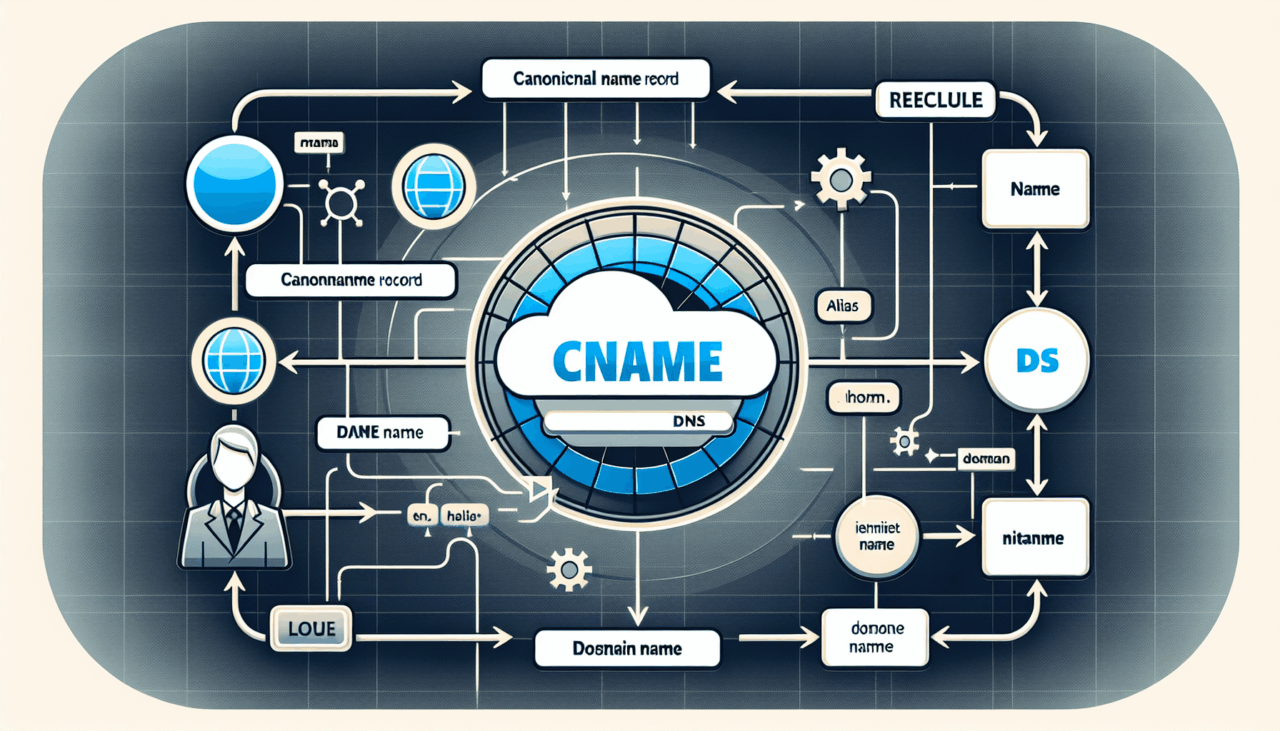Hey there, digital traveler! If you’ve ever dabbled in the mysterious realm of DNS records, you might have encountered the elusive CNAME record. Today, we’re rolling up our sleeves and diving deep into the whys, whats, and hows of this essential DNS tool. Buckle up—this journey is going to be both enlightening and, dare I say, entertaining!
What Exactly is a CNAME Record?
Before we venture into the nitty-gritty, let’s break it down. CNAME stands for Canonical Name. It’s like a digital alias, allowing you to point one domain name to another. Imagine your best friend goes by both “Alex” and “Lex”—a CNAME record is like that nickname, directing one name to its canonical form.
Why Use a CNAME Record?
Okay, let’s get relatable. Picture this: you’ve got a shiny new website, “coolcats.com,” and you’re throwing a virtual party. You want “www.coolcats.com” and “party.coolcats.com” to lead to your main site. Instead of creating separate A records for each, you can use CNAME records. Simple, right?
CNAME Record Structure: The Nuts and Bolts
Here’s where the techy magic happens. A CNAME record has a straightforward structure:
| Field | Description |
|---|---|
| Name | The alias domain name (e.g., www.coolcats.com) |
| Type | Always CNAME |
| Value | The canonical domain name (e.g., coolcats.com) |
| TTL | Time to Live – how long the record is cached |
Code Snippet: Crafting a CNAME Record
For my fellow code enthusiasts, here’s how you might define a CNAME record in a DNS zone file:
www IN CNAME coolcats.com.
party IN CNAME coolcats.com.
Pro Tip: Always remember the trailing dot (.) at the end of the canonical name. It’s like the period at the end of this sentence; it signifies the end of a domain name.
A Tale of Two Domains: A Personal Anecdote
Let me regale you with a quick story. Back in my early web development days, I was tasked with setting up a site for “Dorian’s Delicious Donuts.” I used CNAME records to link “www.doriansdonuts.com” and “shop.doriansdonuts.com” to the main domain. Everything was smooth sailing until I forgot that trailing dot in the zone file. Instead of redirecting, my domains led visitors to a 404 error page—oops! Lesson learned: details matter!
CNAME vs. A Record: The Age-Old Debate
If DNS records were a high school drama, CNAME and A records would be the star-crossed rivals. An A record maps a domain to an IP address, while a CNAME maps a domain to another domain. Here’s a quick comparison table:
| Feature | A Record | CNAME Record |
|---|---|---|
| Maps to | IP Address | Another Domain |
| Use Case | Direct IP linking | Alias creation |
| Flexibility | Limited | Highly flexible |
When NOT to Use a CNAME Record
Though CNAME records are versatile, they’re not always the hero of the story. Avoid using CNAME records at the root domain level, as it can disrupt email services and other critical functions. Instead, use A records for root domains or explore ALIAS or ANAME records if your DNS provider supports them.
Wrapping Up: The CNAME Chronicles
So, there you have it—a complete guide to understanding and wielding the power of CNAME records. Whether you’re managing domains for a business or setting up a personal project, knowing when and how to use CNAME records can save you time and headaches.
Remember, the world of DNS is vast and full of surprises, but with a dash of curiosity and a sprinkle of humor, even the most complex topics become approachable. Until next time, happy DNS-ing!
Got any funny DNS moments or stories to share? Drop them in the comments below. Let’s keep this digital adventure going!

Comments (0)
There are no comments here yet, you can be the first!